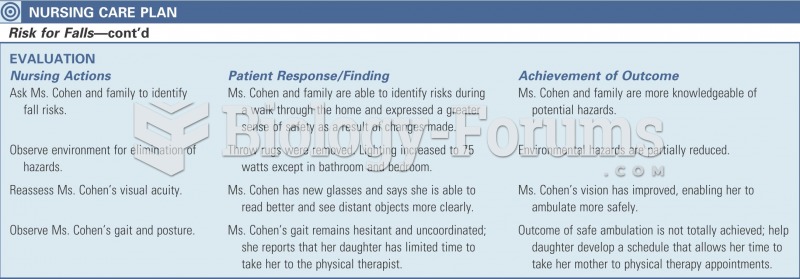Answer to Question 1
C
Answer to Question 2
Pros include:
1 . Biological resistance to pests and diseases (e.g., Bt corn provides resistance to the European corn borer, a problematic pest in many regions) eliminates the need for application of insecticides that have negative impact on the environment.
2 . Tolerance to herbicides (e.g., Roundup Ready crops are tolerant to the nonselective herbicide glyphosate, which has limited persistence in the environment and little demonstrated impact on the environment) has reduced the quantity of herbicides applied to some crops. The use of the Roundup Ready technology has also promoted conservation tillage practices because Roundup can be applied multiple times to the crop after it emerges.
3 . Adaptation to environmental stresses (e.g., resistance to high soil salt levels)
4 . Desirable functional characteristics (e.g., tomatoes that have longer shelf life)
5 . Desirable nutritional characteristics (e.g., Golden rice has a high concentration of beta-carotene in its grain.)
Cons include:
1 . Overall safety of GM-plants and genetic engineering
2 . Impact on human health, the long-term impact of the consumption of food produced from GM-plants being unknown
3 . Ability for GM-plants to outcross with weedy relatives or possibility that they themselves might become difficult to control
4 . Unintended effects on nontarget organisms (e.g., a possible negative effect on beneficial insects of some proteins introduced in plants such as those in Bt corn)
5 . The development of insects and weeds that are resistant to Bt or glyphosate, respectively, resulting from overuse of the technology
6 . Ethical and religious issues related to genetic engineering and ownership of genes introduced in GM-plants. There is often a technology fee for GM-seeds, often making them more expensive to purchase than non GM-seeds. Also, it is illegal to reuse seeds from harvested GM-crops, meaning that a farmer cannot reuse the following year seeds harvested from his or her GM-crop field.







